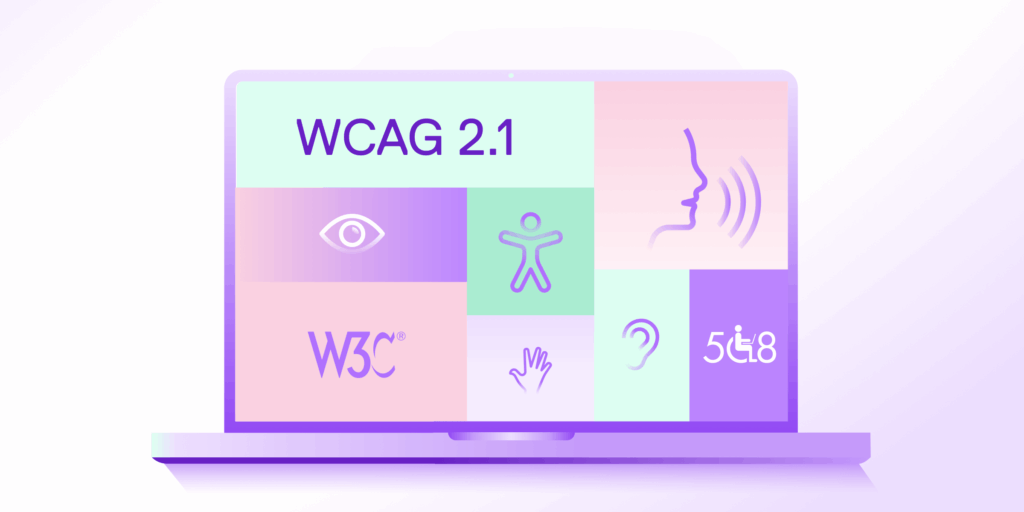In the virtual classroom, learning has the potential to become one-sided. You might pose a question, a handful of students might respond—or ignore you—and then you’ll carry on with your lesson. This ongoing cycle isn’t enough to keep students satisfied online.
In a recent Top Hat survey, only 40 percent of students said that online learning was engaging inside the classroom, while 75 percent missed interacting with faculty and peers.1 If virtual learning has a chance to win over students, they need opportunities to get to know one another.
Here are four strategies to help strengthen student connections, simply by using your discussion board or virtual classroom software.
1. Conversation stations
This activity exposes students to their peers’ ideas in a controlled way, prompting discussions that flow naturally. To start, share a list of discussion questions pertaining to a course reading, video or case study. Place students in groups of four to six and ask them to discuss the first question. Give learners five to ten minutes to discuss, then have two students rotate to another group. The students who have just joined a group have an opportunity to share findings from their last discussion, before answering the second question with their new group. After another five to ten minutes, the students who haven’t rotated yet will join a new group. Consider using a platform like Rally, which makes it easy for students to move between breakout rooms on their own.
2. Snowball discussion
In this activity, students start discussing an assigned case study or reading with a partner and eventually share their thoughts with the larger group. Here’s how it works: Pose a discussion question in advance. Use breakout rooms in Zoom and randomly assign students in pairs. After five minutes, combine rooms to form groups of four. After another five minutes, combine groups of four to form groups of eight—and so on until the whole class is back together again. For information on how to manage and move students back and forth in Zoom breakout rooms, click here.
3. The asynchronous voice
Written mediums like live chats only go so far when discussing complex subject matter. What’s more, covering part of a case study via text might be a time consuming or tedious process for students. However, tools like Voxer allow students to create and share real-time voice memos in small group mailboxes. This can come in handy given students aren’t always available at the same time and many are in different time zones. For instance, students taking music courses might appreciate being able to practice playing a piece with their peers in preparation for an assessment. The platform also enables photo and video sharing, allowing students to engage with their peers at a time that suits them.
4. This or that
This activity allows students to see where their peers stand on a variety of different topics and issues. Circulate a list of provocative statements before class, allowing students to read ahead. To speed up the process, consider having students indicate whether they agree, disagree or are neutral on the topic in advance—you can use a Google Doc to do so. In class, use a platform like Rally to have two students with differing points of view defend their stance. After five minutes, encourage all the ‘agrees’ to switch tables to defend their position amongst a new group of students. Keep repeating this process until your designated time period comes to an end.
References
- Top Hat (2020). Top Hat Field Report: Higher Ed Students Grade the Fall 2020 Semester. https://tophat.com/teaching-resources/interactive/student-survey-report/


